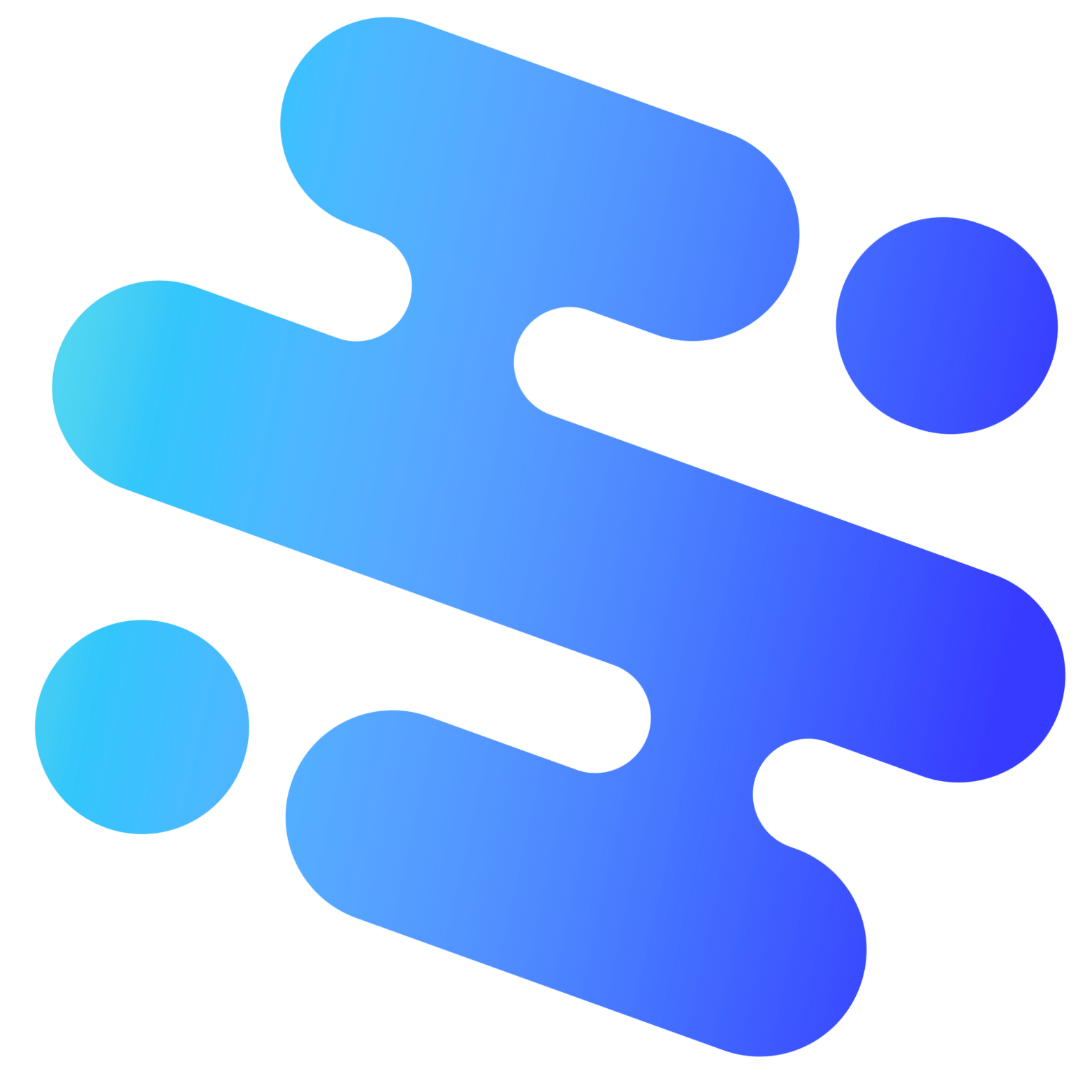The Invisible Revenue Leak in B2B Companies
In today’s highly competitive B2B landscape, companies are investing more than ever in sales development representatives (SDRs) to drive pipeline growth. Yet, many organizations are experiencing a critical, often undetected problem: a massive revenue leak caused by inefficient manual prospecting processes.
This invisible drain on resources isn’t just affecting your bottom line—it’s quietly killing your business from the inside out. Let’s examine what’s really happening beneath the surface and how advanced AI solutions can transform your sales operations.
What’s Really Happening Under the Surface
When we take a closer look at the daily operations of most B2B sales teams, we find a disturbing pattern:
- Time Wasted on Low-Value Activities: SDRs are spending 50–70% of their valuable time on activities that don’t directly contribute to closing deals.
- Dead-End Outreach: Hours spent sending cold emails and making calls to prospects who will never respond or aren’t ready to buy.
- Manual Follow-ups: Reps repeatedly checking for responses and manually scheduling follow-up activities.
- Administrative Burden: Precious selling time lost to data research and CRM updates rather than meaningful customer conversations.
- Spray-and-Pray Approach: No effective prioritization of leads based on buying signals, resulting in the same attention given to cold prospects as to hot ones.
The consequences of these inefficiencies are severe:
- Extended sales cycles that delay revenue recognition
- Skyrocketing customer acquisition costs (CAC)
- Rep burnout and increased turnover
- The trap of simply hiring more humans instead of fixing the broken process
This death by a thousand cuts gradually erodes profitability and prevents sustainable growth.
The Real Solution: Smart Predictive Prospecting Engine (SPPE)
Forward-thinking companies are addressing these challenges with a comprehensive approach that leverages artificial intelligence and automation to transform prospecting from an inefficient manual process into a strategic, data-driven system.
Here’s what an effective Smart Predictive Prospecting Engine includes:
1. AI-Driven Lead Scoring and Prioritization
Implementing advanced AI tools (such as Clearbit, 6Sense, Apollo, ZoomInfo combined with custom scoring agents) enables companies to dynamically score leads based on:
- Recent Brand Behavior: New product launches, funding rounds, and hiring spikes that indicate growth or change
- Website Interactions: Page visits, time on site, and content downloads that signal interest
- Buyer Persona Fit: Title, industry, and company size alignment with ideal customer profiles
- Social Signals: LinkedIn activity, PR announcements, and digital footprints
The result is that SDRs only work the top 20% hottest accounts daily, eliminating wasted time on cold outreach to unqualified or uninterested prospects.
2. Automated Prospect Nurturing (AI SDR Assistants)
By setting up AI-powered email sequences and LinkedIn DM drips that are personalized by role, company, and behavior, companies can:
- Automatically warm up leads over 30–60 days
- Maintain consistent touch points without manual intervention
- Deliver relevant content based on prospect engagement patterns
This approach ensures that SDRs only engage when a prospect signals readiness, dramatically increasing conversion rates and efficiency.
3. Inbound Content Flywheel
Rather than relying solely on outbound prospecting, leading organizations are creating robust content engines that:
- Launch thought leadership through newsletters, LinkedIn posts, and SEO content
- Target ideal buyers through strategic content retargeting
- Capture high-intent leads through gated assets that automatically feed into the CRM
This generates a steady stream of pre-warmed, inbound leads that convert at significantly higher rates than cold outreach.
4. Smart Routing + Instant Notifications
When a prospect crosses a predefined scoring threshold (based on both behavior and firmographic match), AI systems can immediately:
- Ping the appropriate SDR or AE
- Prioritize engagement within minutes, not days
- Provide contextual information about the prospect’s journey
This leads to higher conversion rates on first touches and accelerates the pipeline velocity.
5. Predictive Forecasting + Pipeline Health Monitoring
Weekly dashboards that predict:
- How many qualified opportunities are likely to close
- Which pipeline stages are experiencing bottlenecks
- Where sales velocity is dropping and requires intervention
This proactive approach allows management to address issues before they become end-of-quarter emergencies.
The Core Technology Stack
Implementing a Smart Predictive Prospecting Engine requires the right tools. Here’s a minimal viable technology stack for building this solution:
| Function | Tool Examples |
|---|---|
| Lead Enrichment & Intent | Apollo, Clearbit, 6Sense |
| Outreach Automation | Smartlead, Outreach.io, Lemlist |
| CRM Intelligence | HubSpot AI, Salesforce Einstein |
| Content Nurturing | Beehiiv, LinkedIn Ads Retargeting |
| Analytics | Looker Studio, MadKudu |
Conclusion: Transform Your Approach
The future of B2B sales lies not in blind hunting but in laser-guided, buyer-signal-driven selling. By replacing manual prospecting with an intelligent, automated system, companies can dramatically reduce customer acquisition costs, accelerate sales cycles, and achieve predictable revenue growth.
The most successful organizations are already making this transition, gaining a significant competitive advantage in their markets. The question is no longer if you should transform your prospecting approach, but how quickly you can implement these changes before your competitors do.





